Abstract
A potent β-lactamase (EC 3.5.2.6) produced by a strain of Klebsiella aerogenes (K. pneumoniae), 1082E, isolated from a hospital patient, has been examined. Its properties were different from those of most gram-negative β-lactamases previously reported. The enzyme has been partly purified, and its activity against a range of substrates has been compared with that of the enzyme from Enterobacter cloacae (Aerobacter cloacae) P99. The K. aerogenes enzyme, although predominantly a penicillinase, had a wide range of specificity. In addition to hydrolyzing the cephalosporins, it attacked the normally β-lactamaseresistant compounds methicillin and cloxacillin as well as cephalosporin analogues with the same acyl substituents. The results obtained with the E. cloacae enzyme confirmed its cephalosporinase activity and showed that, unlike the enzyme from K. aerogenes, it was relatively inactive against the penicillins.
Full text
PDF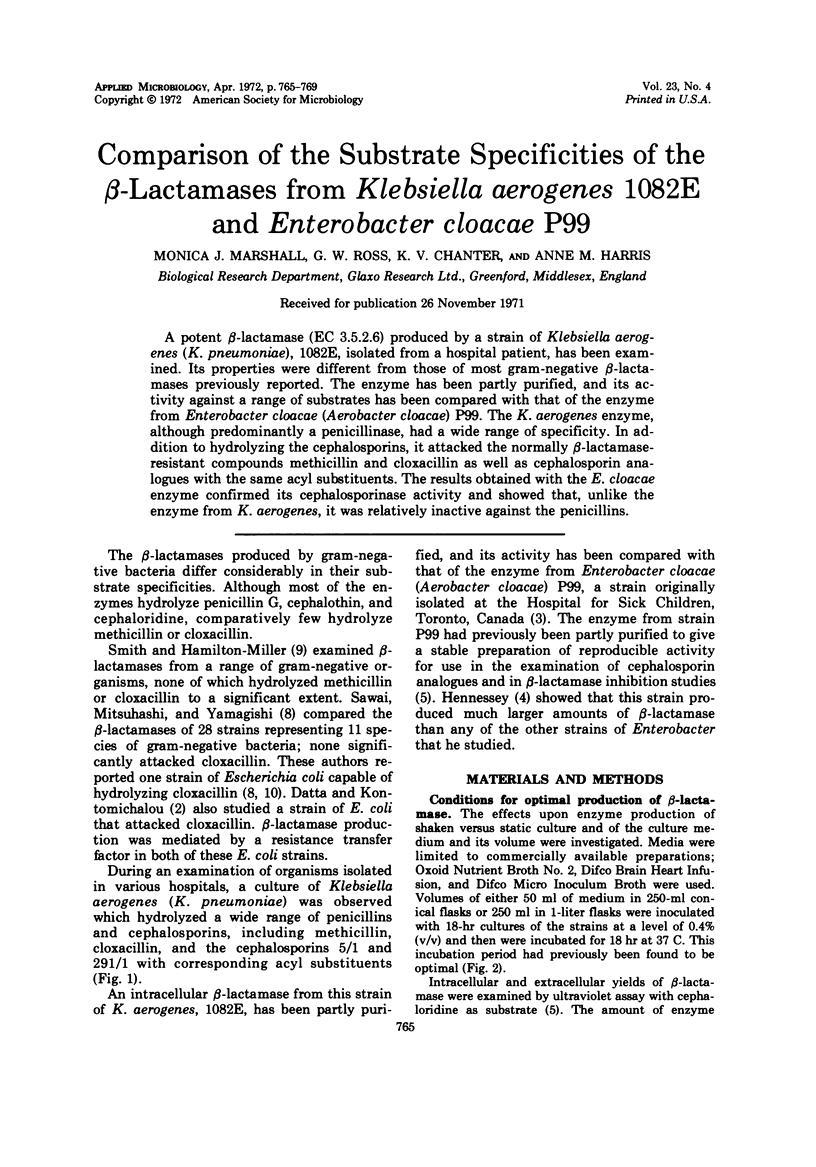
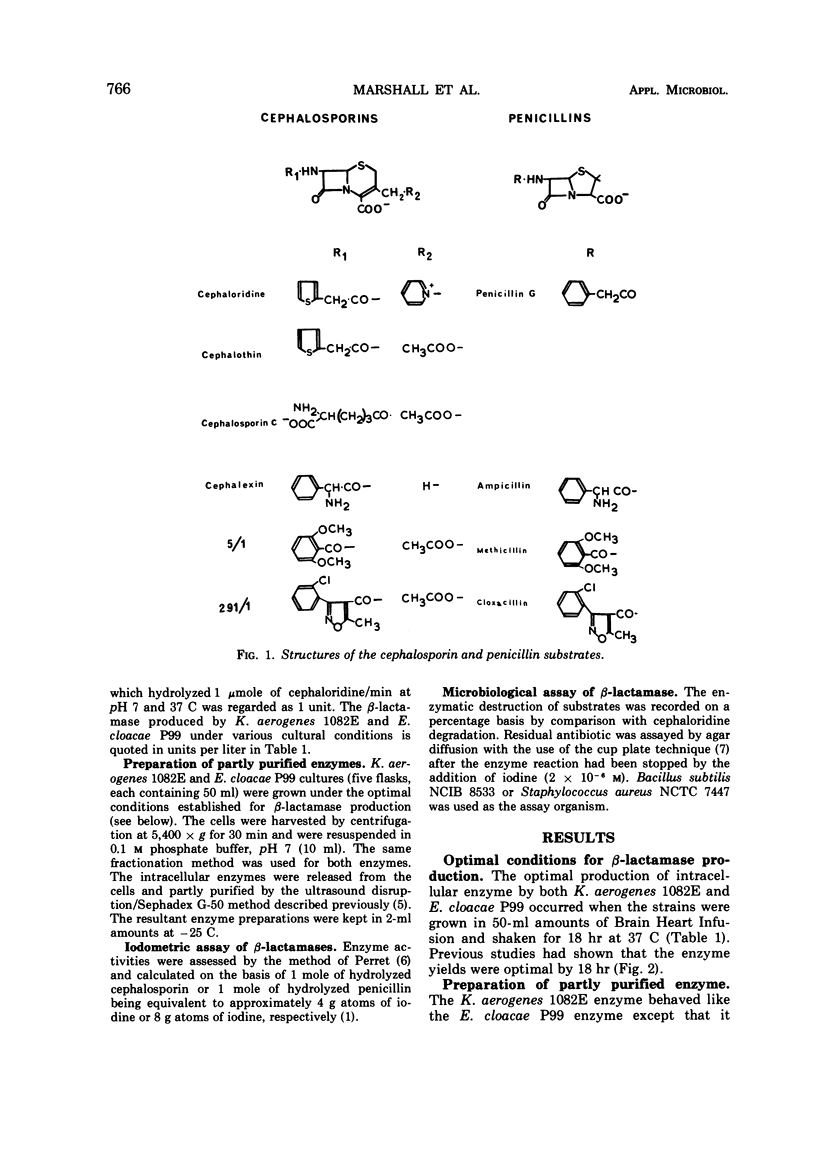
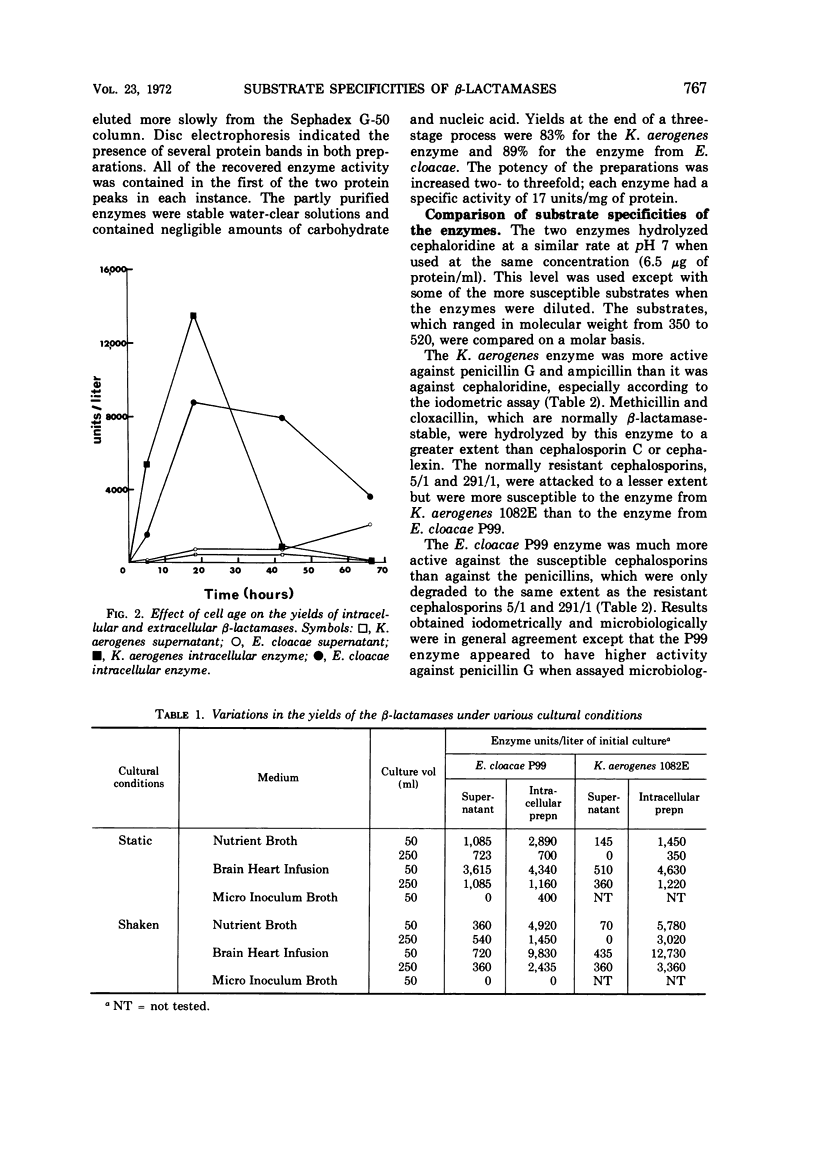
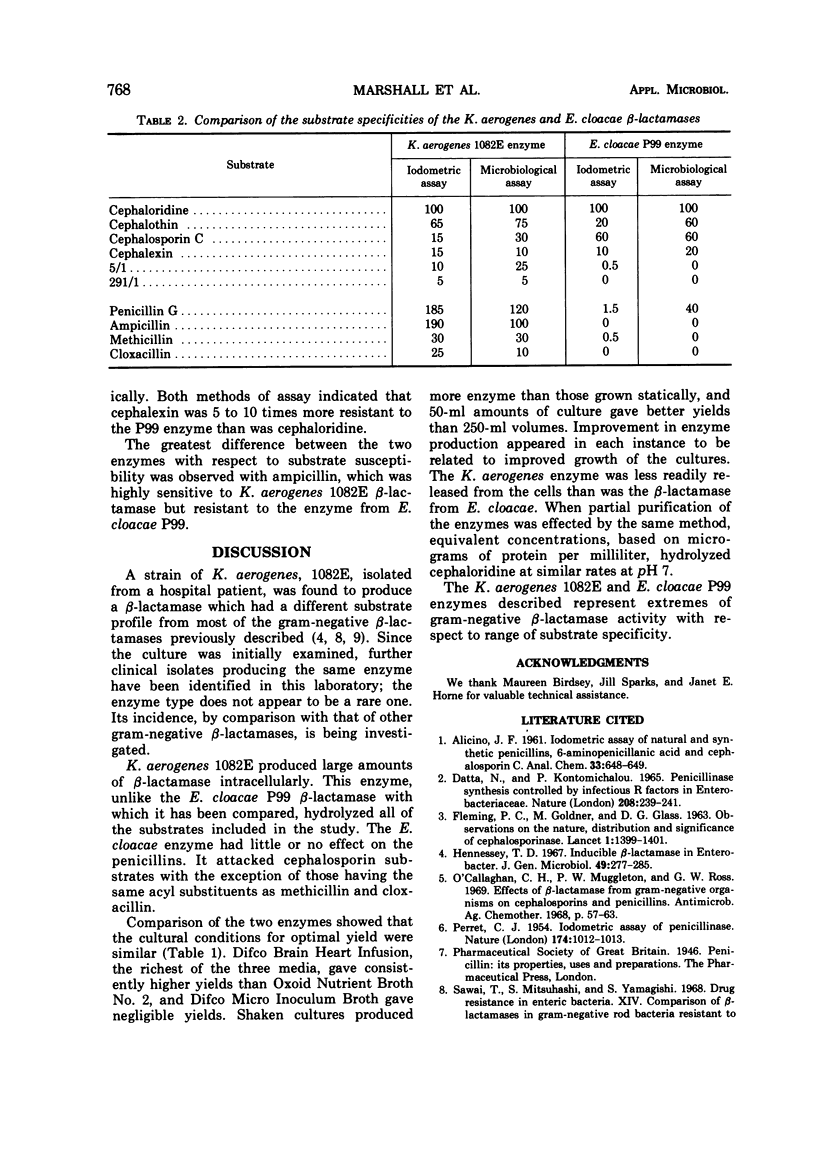
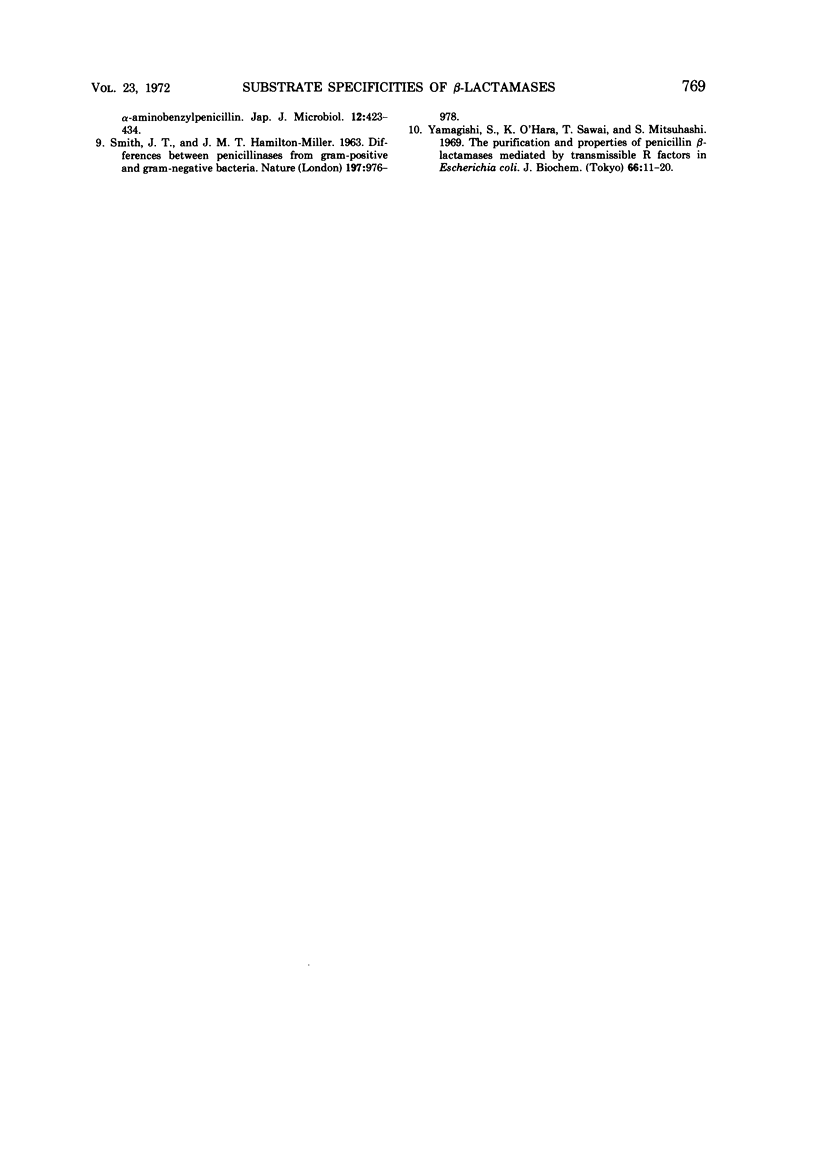
Selected References
These references are in PubMed. This may not be the complete list of references from this article.
- Datta N., Kontomichalou P. Penicillinase synthesis controlled by infectious R factors in Enterobacteriaceae. Nature. 1965 Oct 16;208(5007):239–241. doi: 10.1038/208239a0. [DOI] [PubMed] [Google Scholar]
- FLEMING P. C., GOLDNER M., GLASS D. G. Observations on the nature, distribution, and significance of cephalosporinase. Lancet. 1963 Jun 29;1(7296):1399–1401. doi: 10.1016/s0140-6736(63)92051-8. [DOI] [PubMed] [Google Scholar]
- Hennessey T. D. Inducible beta-lactamase in Enterobacter. J Gen Microbiol. 1967 Nov;49(2):277–285. doi: 10.1099/00221287-49-2-277. [DOI] [PubMed] [Google Scholar]
- O'Callaghan C. H., Muggleton P. W., Ross G. W. Effects of beta-lactamase from gram-negative organisms on cephalosporins and penicillins. Antimicrob Agents Chemother (Bethesda) 1968;8:57–63. [PubMed] [Google Scholar]
- PERRET C. J. Iodometric assay of penicillinase. Nature. 1954 Nov 27;174(4439):1012–1013. doi: 10.1038/1741012a0. [DOI] [PubMed] [Google Scholar]
- SMITH J. T., HAMILTON-MILLER J. M. Differences between pencillinases from gram-positive and gram-negative bacteria. Nature. 1963 Mar 9;197:976–978. doi: 10.1038/197976a0. [DOI] [PubMed] [Google Scholar]
- Sawai T., Mitsuhashi S., Yamagishi S. Drug resistance of enteric bacteria. XIV. Comparison of beta-lactamases in gram-negative rod bacteria resistant to alpha-aminobenzylpenicillin. Jpn J Microbiol. 1968 Dec;12(4):423–434. doi: 10.1111/j.1348-0421.1968.tb00415.x. [DOI] [PubMed] [Google Scholar]
- Yamagishi S., O'Hara K., Sawai T., Mitsuhashi S. The purification and properties of penicillin beta-lactamases mediated by transmissible R factors in Escherichia coli. J Biochem. 1969 Jul;66(1):11–20. doi: 10.1093/oxfordjournals.jbchem.a129111. [DOI] [PubMed] [Google Scholar]


